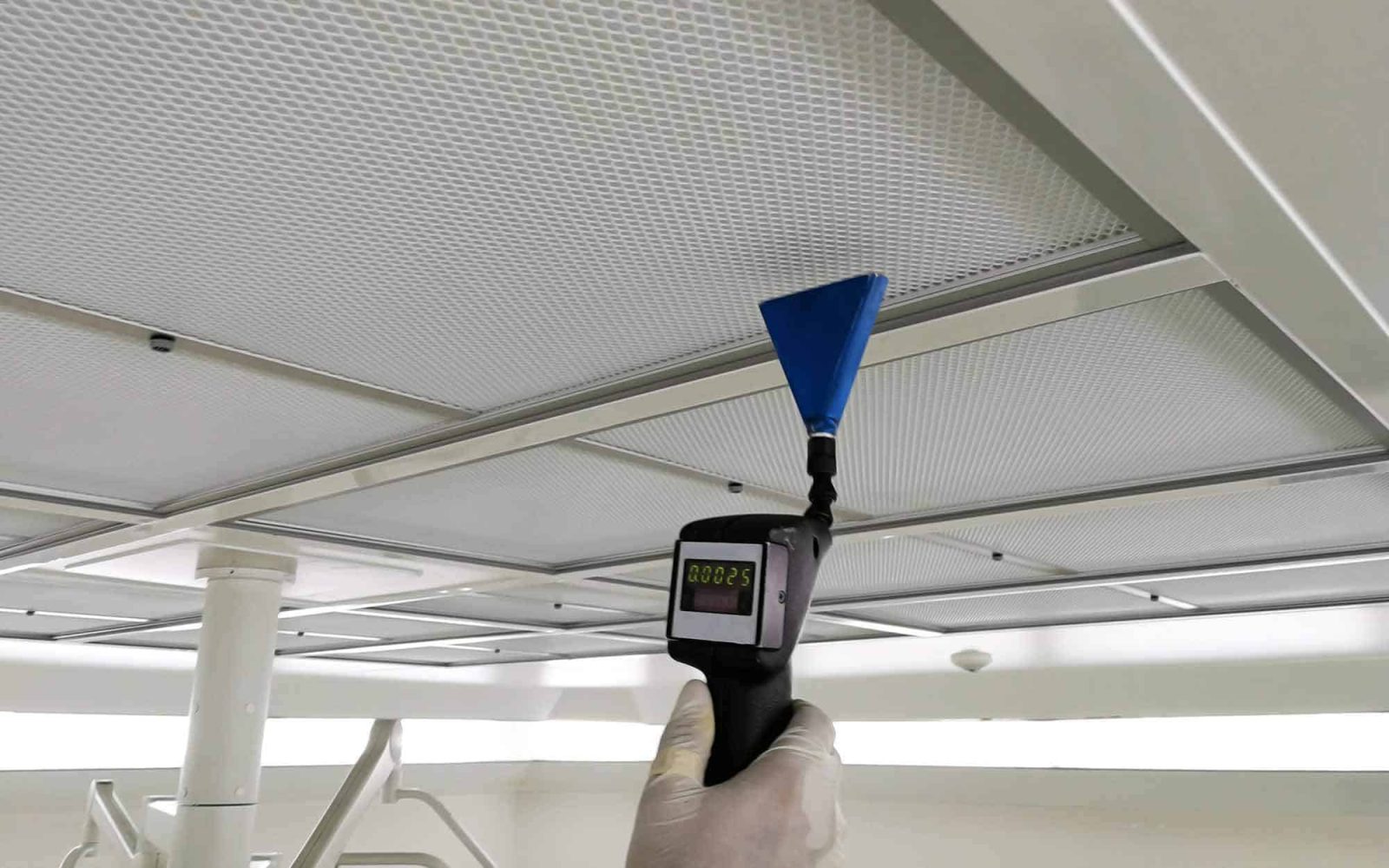If you’re concerned about your home’s air quality, you’ll probably want to hire air quality testing services. These professionals take samples of air from designated spaces throughout your home to determine whether there are any issues with the quality of your air. The cost of an air quality inspection can range from $200 to $1,000, depending on the size of your home. You might also want to hire one before moving in or starting a new construction project, as new construction can be full of toxic fumes and chemicals.
Symptoms Of Sick Build Syndrome
Sick building syndrome is a condition where residents and employees are exposed to biological pollutants such as molds, bacteria, and viruses that can cause sickness, infection, and hypersensitivity. In buildings, these pollutants can also be found in water, which can collect on ceiling tiles and insulation. However, identifying such diseases is not that easy. Air quality testing services can help determine if a building has any of these problems.
Symptoms of sick building syndrome can range from headaches to recurrent aches and pains. The symptoms can mimic the common cold, and some of them may even improve after you leave the building. Regardless of the severity of your symptoms, recurring problems suggest that you may have an air quality problem. You should also check if you have other illnesses, like asthma, as these can be caused by contaminants in the air.
Indoor Air Pollution
The number of indoor air samples to be taken depends on the type and severity of the pollutants present. EPA guidelines call for at least three samples to be collected at the monitoring site. Depending on the contaminants, sampling may extend over a day or several. The longer the sample period, the more accurate the indoor air quality picture will be. The test can measure air contaminants that have a long-term effect on human health. For example, if a company’s premises are located in an office building, three samples will be collected every three days.
The RTK Environmental Group provides comprehensive sampling of the air inside a building to identify the causes of poor indoor quality. Their tests look for radon, PCBs, mold, volatile organic compounds (VOCs), and common allergens. Mold is the most common cause of poor indoor air quality. Vapors from everyday items like paint, carpet, and mattresses can affect indoor air quality. These are harmful to humans and can cause respiratory illness and asthma.
Indoor Air Quality Testing Methods
The most appropriate time for indoor air quality testing is when a resident begins to notice symptoms of illness or poor ventilation. Various pollutants have been identified as possible sources of indoor air quality problems. However, many of these tests can be costly, so you should contact a health department or a professional with experience in testing for air quality in nonindustrial buildings before you start. These tests also require a certain amount of training and expertise. To learn more, read on!
Mold can live on a variety of organic materials, including wood and fabric. It can also feed off of rotting food and other organic matter. These molds thrive in temperatures of two to 40 degrees Celsius, making homes in the middle of the country a perfect breeding ground for them. It is important to schedule regular inspections to detect if there are problems. You can also take steps to improve ventilation by changing the way you cook, clean, and store food.
Indoor Air Quality Meters
In today’s world, most of us spend most of our time indoors. It’s no surprise that the quality of air in our homes, offices, and factories affects our health and comfort. Businesses have also become interested in air quality monitoring systems to maximize worker productivity and reduce energy costs. TSI manufactures reliable indoor air quality meters and other equipment. The company’s products have been recognized for their ease of use, consistency, and reliability.
Air quality monitoring services measure the amount of nitrogen dioxide in the air. This noxious gas causes irritation to the lungs, can cause breathing problems, and can even lead to cancer. Some monitors list their measurement in air quality indexes (AQIs), which is an index that compares outdoor air pollution levels to EPA standards. The AQI for an indoor space should be lower than 100. In general, lower levels indicate better quality air.
Indoor Air Quality Solutions
A study by the Kimberly-Clark Corporation found that poor indoor air quality is responsible for six sick days per 10 workers each year. Although COVID-19 is not known to be transmitted through HVAC systems, its airborne particles can stay long enough to infect others nearby. To minimize the risk of airborne virus contamination, employers are trying to install ventilation systems that reduce the amount of circulating contaminants. Here are some tips for improving your indoor air quality:
Controlling dust, mold and humidity levels in a home are important parts of indoor air quality solutions. Several factors can cause indoor air pollution and contribute to various respiratory diseases, including asthma and allergies. To reduce these problems, it is important to invest in high-quality HVAC systems. Plants can improve air quality indoors. These solutions are also beneficial for the environment. However, many homeowners find these solutions difficult or unappealing.
